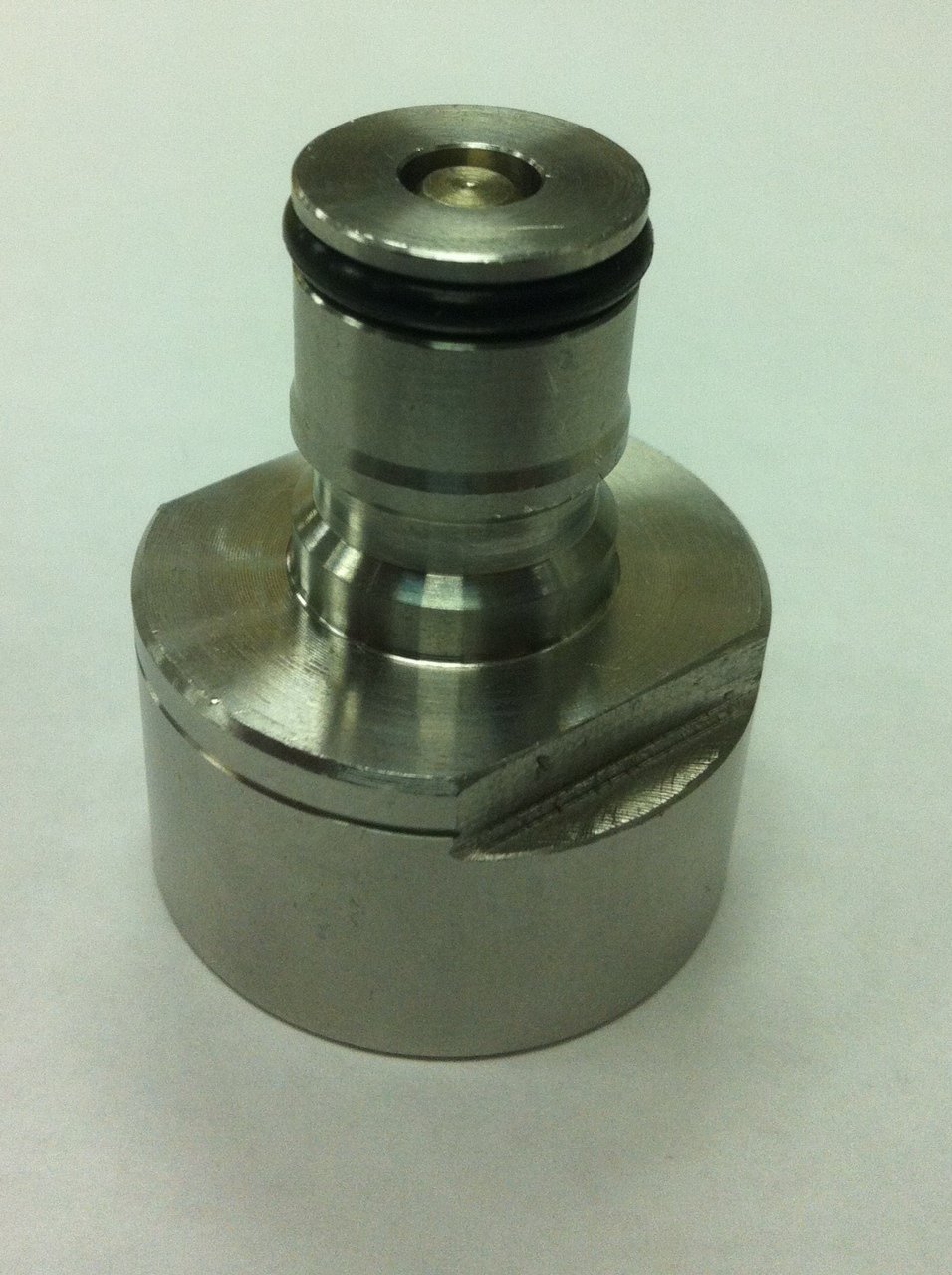mrmarcdee
Active Member
- Joined
- Jan 6, 2014
- Messages
- 29
- Reaction score
- 4
I brewed a Russian Imperial Stout (extract, 4.5 gal finishing volume) the middle of December, OG=1.109, FG=1.030. I added about 400ml of bourbon to it in the secondary. I decided to use 1/3 cup of molasses as the priming sugar when I bottled it on January 18th. Bottle are conditioning inside the house at ~68 degrees F. I tried a bottle two weeks from the bottling date and it was barely carbonated, if at all. I tried another after about 3 more weeks and it was still barely carbonated, if at all. It tastes very sweet (very molasses-y I think too), very alcohol-y, and fairly undrinkable. Did I do something wrong with the carbonation? What can I do to fix this?
Thoughts on what I might have done wrong:
Not enough molasses. I used 1/3 cup based on a priming sugar calculator. However later on, I read up a little about other people priming with molasses and most said they used 2/3 to 1 cup.
Adding the bourbon killed the yeast. Seems implausible to me. I used WLP004.
Not waiting long enough on such a high gravity beer. Seems like I should at least have noticed a fair amount of carbonation by now.
Thoughts on what I could do to fix it:
Pop all the bottled, dump into bottling bucket with another batch of boiled priming sugar (corn or cane this time), and rebottle.
Pop a single bottle and add some sugar, or a priming tab, to test it out and recap.
Pop all the bottles and keg it. I do not own a keg or kegging system and am unlikely to purchase one soon, however I may be able to borrow one from a friend...
Thanks
Thoughts on what I might have done wrong:
Not enough molasses. I used 1/3 cup based on a priming sugar calculator. However later on, I read up a little about other people priming with molasses and most said they used 2/3 to 1 cup.
Adding the bourbon killed the yeast. Seems implausible to me. I used WLP004.
Not waiting long enough on such a high gravity beer. Seems like I should at least have noticed a fair amount of carbonation by now.
Thoughts on what I could do to fix it:
Pop all the bottled, dump into bottling bucket with another batch of boiled priming sugar (corn or cane this time), and rebottle.
Pop a single bottle and add some sugar, or a priming tab, to test it out and recap.
Pop all the bottles and keg it. I do not own a keg or kegging system and am unlikely to purchase one soon, however I may be able to borrow one from a friend...
Thanks




